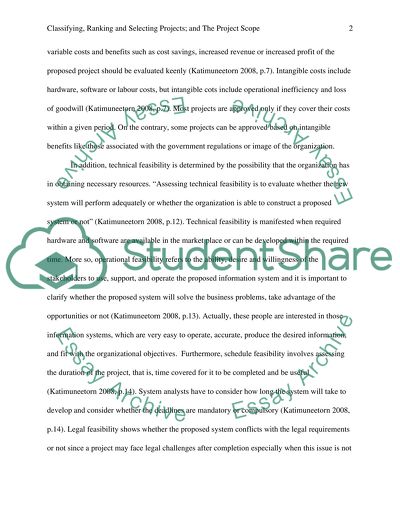Cite this document
(“(A)- Organisation Should have a means of classifying, ranking, and Essay”, n.d.)
Retrieved from https://studentshare.org/information-technology/1489314-a-organisation-should-have-a-means-of-classifying
Retrieved from https://studentshare.org/information-technology/1489314-a-organisation-should-have-a-means-of-classifying
((A)- Organisation Should Have a Means of Classifying, Ranking, and Essay)
https://studentshare.org/information-technology/1489314-a-organisation-should-have-a-means-of-classifying.
https://studentshare.org/information-technology/1489314-a-organisation-should-have-a-means-of-classifying.
“(A)- Organisation Should Have a Means of Classifying, Ranking, and Essay”, n.d. https://studentshare.org/information-technology/1489314-a-organisation-should-have-a-means-of-classifying.


